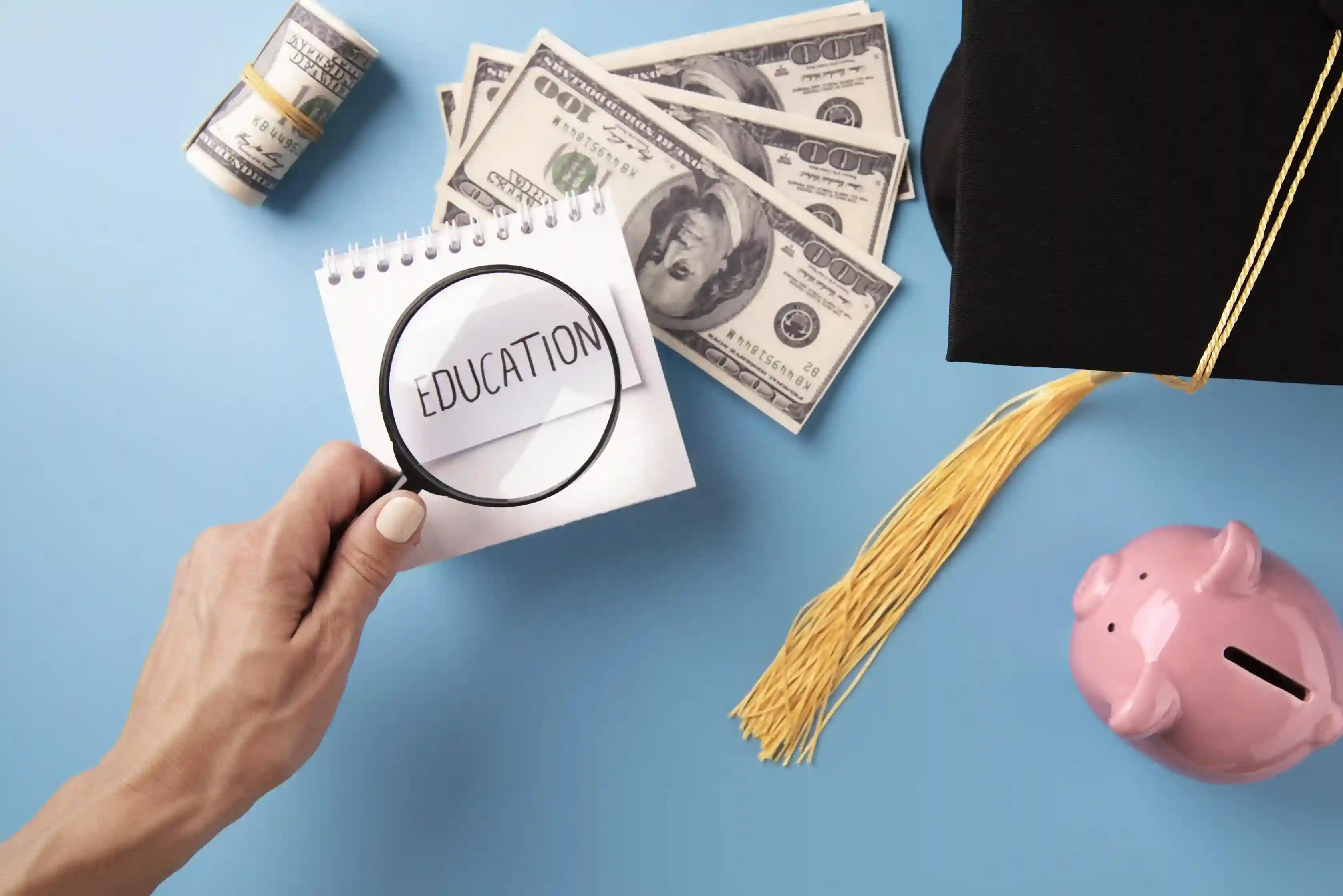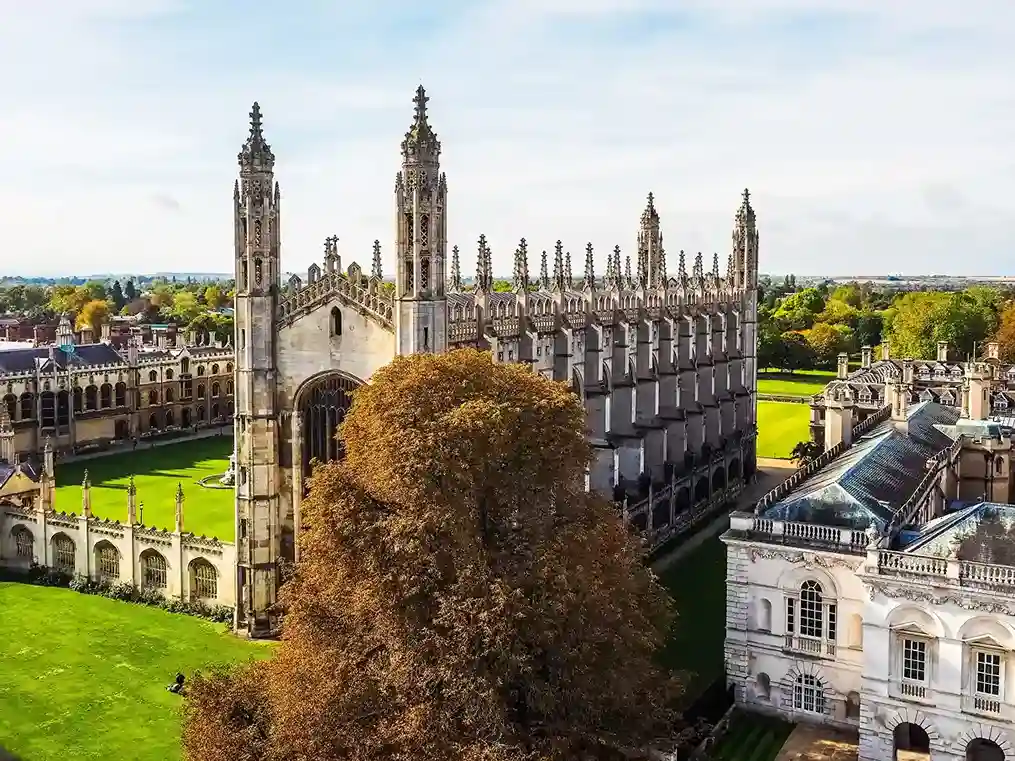Students avail education loans to pursue higher studies in India or abroad. Getting an education or student loan in India from a reputed company is easy, but it’s imperative to plan your repayment diligently. Repaying the education loan is crucial to maintain a good credit history and to increase the prospects of future borrowing,

An education loan will be a boon if you plan the repayment strategies meticulously. A simple measure like using an Education Loan EMI Calculator gives a fair idea about an EMI amount and for how long you need to pay the EMI. This will help in planning your finances wisely.
You can repay an education loan in two ways, so let’s uncover these methods.
Education loan repayment methods
- Equated Monthly Instalments (EMIs): EMIs are the most effective and organised way to reduce your financial debt by paying fixed amounts every month in a step-by-step manner. EMI combines both the education loan rate of interest and principal amount.
- Interest servicing during the course: Students can pay simple or partial interest during the moratorium period. The moratorium period is a grace period where students are not obligated to pay the education loan EMI. However, this is not an interest-free period. Thus, the interest keeps accruing, and it will eventually increase the overall repayment cost of the education loan.
When to start paying back student loans?
The financial institutions do offer a moratorium period on the education loan, but it is advisable to start repaying the loan as soon as possible. If possible, make small contributions in the form of simple or partial interest during the moratorium period.
At Avanse Financial Services, we encourage our students to become financially prudent and make small payments during the moratorium period. This will help repay the loan faster.
Education loan repayment modes
-
National Automated Clearing House or NACH: NACH is a system developed by the National Payments Corporation of India (NPCI). This system is used for collecting payments like education loan EMIs, insurance premium payments, etc. Students opting for NACH as a preferred education loan repayment mode need to verify and sign a NACH mandate that gives the loan provider the authority to receive automated payments every month on the due date. Default or non-payment of automated EMI payments will attract penalty charges. It is one of the fastest, most effective and most convenient student loan repayment modes that does not require physical intervention.
-
Electronic Clearance Services or ECS: ECS is another electronic mode of payment. This kind of payment is periodic and repetitive. Loan providers use this facility for debiting the loan EMIs on a fixed date from the borrower’s account. ECS debit is handled by the clearing house, NACH. Applicants taking study loans need to sign an ECS payment mandate, which gives the authority to the NACH to debit the education loan EMI from the borrower’s account and credit the same to the lender’s account on a fixed date. The basic difference between ECS and NACH is the former takes 3-4 days for the presentation and settlement, whereas the latter offers the same-day presentation and settlement of funds.
-
Cheques: Most financial institutions accept repayment of student loans by cheque also. Borrowers can submit the cheque directly to the education loan service provider.
-
Post-Dated Cheques (PDCs): The PDCs are pre-signed cheques with a future date that can be cleared on the EMI dates. The lending institution collects some PDCs in advance from the loan recipient after sanctioning the education loan.
If you choose Avanse Financial Services as your education loan partner, you can repay in multiple ways. You can make payments quickly and conveniently by choosing methods like NACH, UPI apps, digital wallets, easy pay, Internet Banking, Debit Cards and Cheques. We hope this helps you make smart decisions. If you have any queries, please remember we are just a call away.










